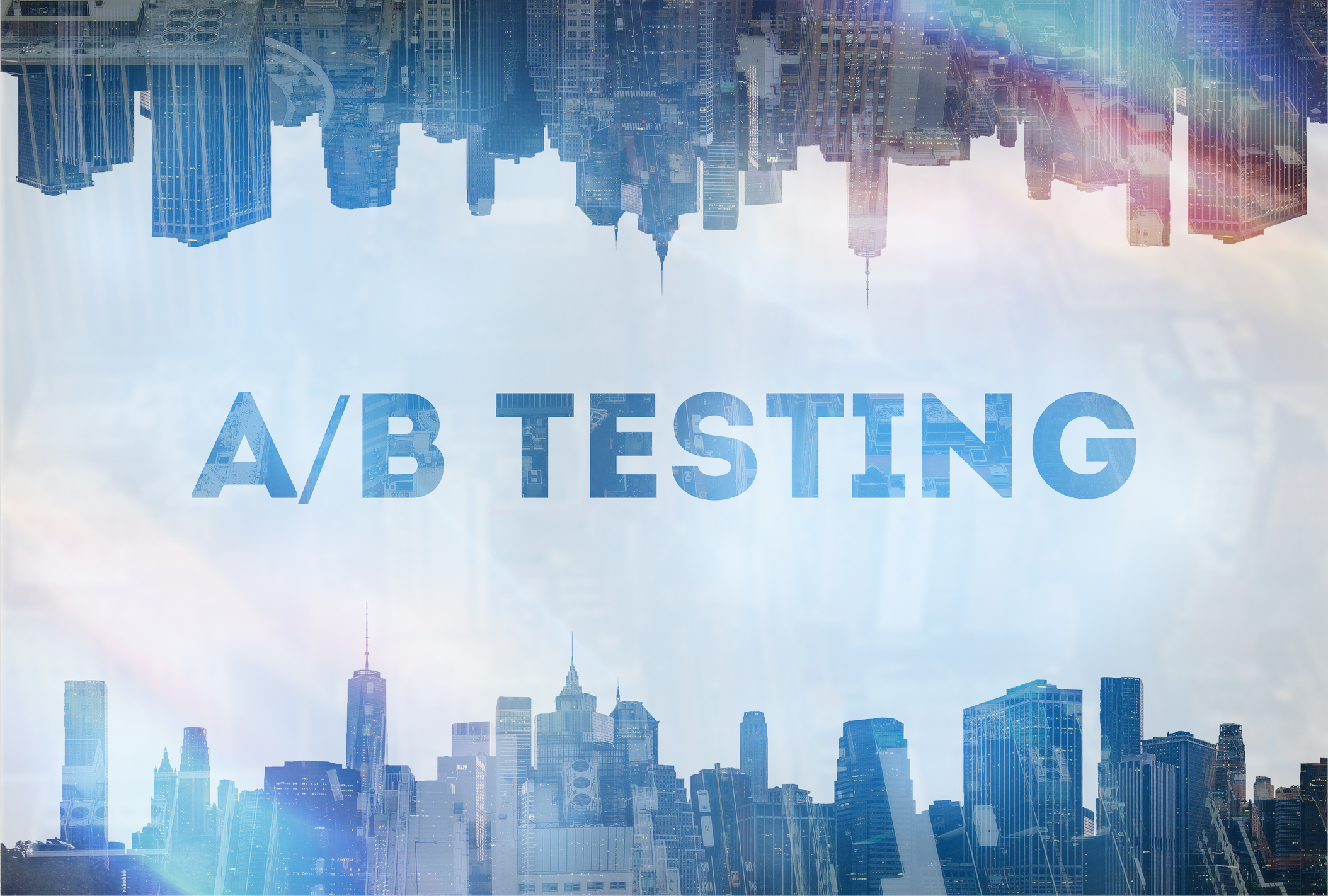The web is constantly shifting, and the needs of your customers shifting with it.
What is A/B Testing?
First, let’s back up. What is A/B testing, and why should you care?
A/B testing is when you put up two distinct versions of your site. You split the traffic between each version in order to study things.
What Kind of Things? Anything You Want!
You could be looking at how many visitors subscribe, link to you through social media, buy your products or services, or move deeper into your site.
If they perform the action you want, it’s called a conversion- they go from being a casual visitor to a more committed user.
The more conversions you have, the better it’s going to be for your business. So the version that creates more is the one you want to keep.
That’s ultimately what you’re finding in A/B testing- the most profitable version of your website.
Doing It Right
Now that you know what it is, how do you set it up?
First, you clearly need two distinct websites. What those distinctions really depend on your suspicions. You might suspect that your content could use some jazzing up, your design schemes aren’t working, or the navigation could use some improvement.
Whatever your suspicions, you build an experimental site to test them.
Next, use both site versions at the same time. Don’t run one version one week and another version the next. Visitors should be visiting the controlled and experimental pages simultaneously.
If they aren’t, meaningful comparisons are impossible- they can be explained away by contaminating factors.
Last, don’t cut things short. The longer you run your A/B test, the more meaningful the data will be. If you feel the length of a prolonged A/B test is detrimental to your operations, consider running several shorter tests and comparing the results.
Three Metrics That Matter
Now we get to the meat of the matter. So you’ve run your tests and gotten back your conversions. You have a better idea of what your customers want. You run up the improved site and everyone is happy.
End of story. Right?
Nope. Remember, you’re going to want to track a few other pieces of information too. These are your metrics, and they’ll be as valuable to you in the long run as increased conversions are in the short term.
Here’s what to look for:
Bounce Rate
These are people that land on your landing page and leave without further ado. Don’t be upset that you’re not retaining every visitor- you’re never going to please everybody.
But improved conversions combined with a high bounce rate means there’s more work ahead.
Don’t be discouraged- it’s actually a good thing! The improved conversions prove you’re doing something of value. Now you just have to keep repackaging it until you find that sweet spot.
Exit rate
This is similar to the bounce rate because it’s still measuring departing visitors. But bounce rates only measure those who never get off the landing page.
An exit rate examines people who get off your landing page to explore your site further. You’ve piqued their interest and they want to read more.
But if you’re noticing an inordinate number leaving on a certain page, it may be turning them off somehow.
Engagement metrics
These are simply averages. You’re looking at the average time people spend on a site and the average number of people who visit a page.
If you’re not seeing the averages you want, the solution is intuitive- rework the pages, relaunch the A/B test.
A/B metrics may seem like a lot of hassle, but it’s really just looking at the numbers. And by tracking them, you have all you need to tweak your site to its full potential.
Don’t think of A/B testing as a chore- it’s a game! And the quantity of conversions and quality of your metrics is how you keep score.




